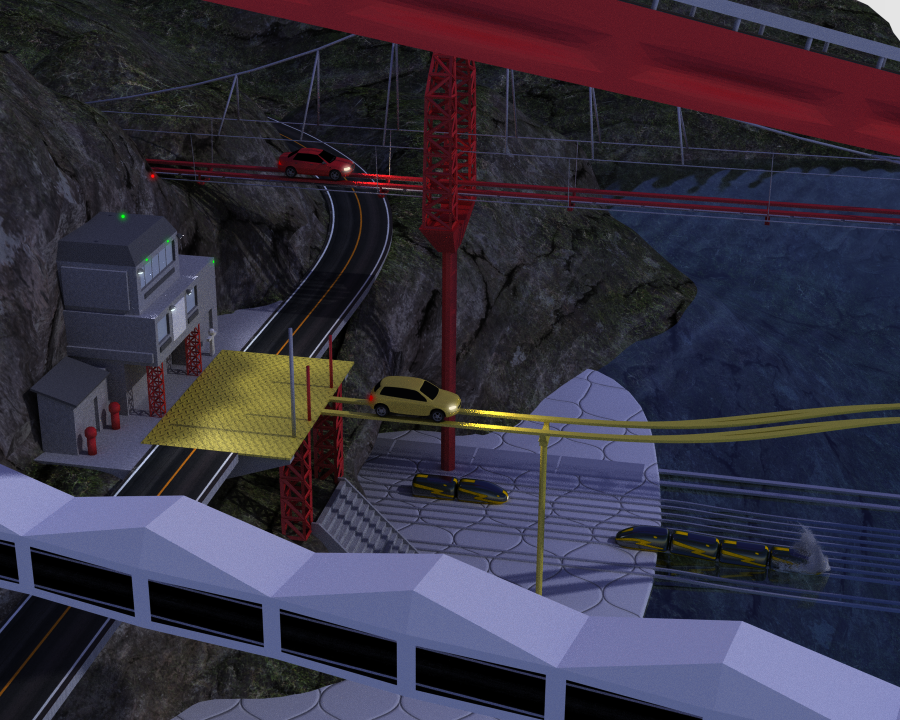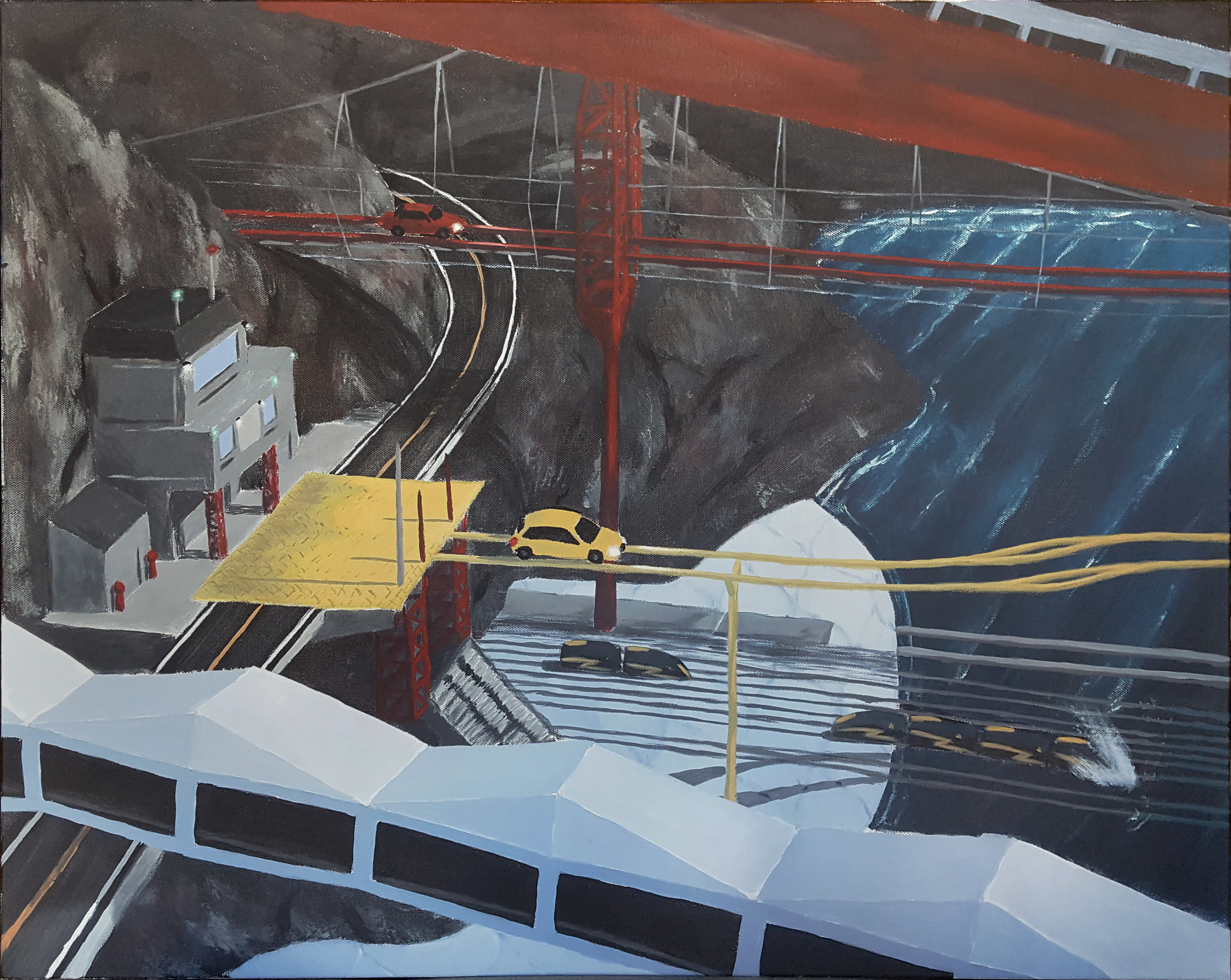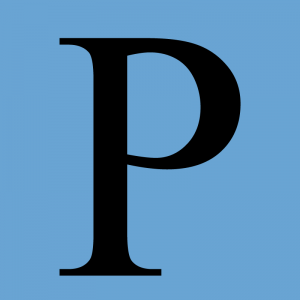As part of my ongoing effort to decorate my apartment, I decided to make another painting on a wrapped canvas—this one with a more original subject, unlike the Gorilla and Butterfly pair.
For a long time, I’ve been interested in the idea of depicting what I see in dreams in my art. The content of dreams is unlike anything else I might create in that I piece it together unconsciously. When I consciously create something, I combine familiar ideas to make something new. The end result is original, but I still know all of the component ideas that went into it—things I’ve seen in movies, things I’ve read about and studied, places I’ve been, etc. I also know why I thought it would be worthwhile to combine those ideas in the first place. Because of this, it never feels quite as original to me as it would to some other viewer who knows nothing about the process behind it. When I have dreams, I get to play the role of “ignorant” viewer to my own mind. I experience new ideas without being aware of the process by which I created them, which makes them appear brand new and mysterious. It’s this quality of “heightened originality,” plus the prospect that I might learn something new about myself by examining my dreams, that encourages me to solidify these ideas in my art.
I’ve recreated some dream images in sketches and 3D projects in the past, but it wasn’t anything polished or worth publishing on this site. I did it more to help myself remember what I saw and to have a blueprint in case I ever wanted to go back and make it a completed art project, as I’ve done here.
The subject of this project is an environment that’s been the stage of a number of different dreams. It’s a seaside platform built into a cliff with a control tower, a road, and a number of tracks and bridges extending forward across the water. I’ve had dreams of trying to drive on the tracks to get to the other side, and also of seeing a platform and several small trains at the water level. More recently, I dreamt that I was standing on another bridge far away, looking down on the whole scene. It was the first time I’d seen all of it at once, and it was this image that I tried to remember and reproduce in a painting. I gave it the purely functional name Harbor Terminal, not wanting to add any meaning to it that wasn’t present in the original experience.
Painting it proved to be tricky. The image in my memory gave me a rough layout of the scene, and memories from other dreams provided certain details, like the textures, shapes and sizes of objects, but I didn’t have the details that would be practical for an architectural painting, like object spacing, perspective and shadow placement. So, I decided to make a 3D render first and use it as a reference for the painting. This would allow me to create all the visual elements separately (each with as much detail as I could remember) and then place them where they belonged in the scene (and adjust as necessary) without having to worry about shading and perspective, which would be handled by the software. As I modeled and textured this scene, I had to make a number of conscious creative decisions in order to “fill in the gaps,” but I tried to make as few as possible.
The more detail I covered in the 3D reference, the less I would have to do on-the-fly while painting. So, since I’m better at 3D art than painting, I put a lot of detail into the 3D render and really fine-tuned it before going on to painting. I’m quite proud of the result—as visual art, it’s admittedly awful, with so many different focal areas fighting for the viewer’s attention, but as a reproduction of the dream image in my head, augmented with details remembered from other dreams, it’s exactly the kind of scene I was hoping to make.
Even with such a detailed reference image, the painting task was still quite a challenge. It took significantly longer than my recent paintings because of the sheer number of “color fields” to paint—a result of having so many different objects in the scene. I’m happy with the end result (enough to hang it on my wall at least), but it’s clear to me that this type of project is much better suited for 3D art than painting. Or maybe just I am.




Pingback: Leonardo Clock Widget - Patrick D. FarleyPatrick D. Farley